An In-Depth Look at the Pop Up Pop Under Advertising Technique
Buy CPC Traffic | Buy Display Ads | Exclusive traffic sources | Buy Push Ads | Popunder ADS | Buy Native Ads | Buy Preroll Ads

Buy CPC Traffic | Buy Display Ads | Exclusive traffic sources | Buy Push Ads | Popunder ADS | Buy Native Ads | Buy Preroll Ads
Pop up and pop under advertising techniques have become increasingly popular in the world of online marketing. These techniques involve displaying ads in separate windows or tabs that open alongside or behind a user's browser window. While these techniques may be effective in capturing a user's attention, they are also controversial and often viewed as intrusive.
A pop-up ad is an ad that appears in a separate window that opens on top of the current browser window. These ads are typically triggered by specific actions, such as clicking a link or visiting a website. Pop-ups are seen as annoying by many users because they can disrupt the user's browsing experience and often contain irrelevant or unwanted content.
A pop-under ad, on the other hand, opens in a separate window or tab behind the user's current browser window. These ads are not immediately visible to the user and are only seen when the user closes or minimizes their current window. Pop-under ads have gained popularity because they are less intrusive and can potentially be more effective in capturing a user's attention, as the ad is seen when the user is done with their current task.
The use of pop up and pop under ads has raised ethical concerns among marketers and advertisers. Many users find these techniques annoying and intrusive, which can lead to a negative perception of the brand or website. Additionally, some web browsers and ad-blocking software have built-in features that block or limit the display of pop-ups and pop-unders, further reducing their effectiveness.
Despite the controversy, pop up and pop under advertising techniques continue to be used by many marketers and advertisers. The effectiveness of these techniques may vary depending on the target audience and industry. It is important for advertisers to carefully consider the potential negative impact of these techniques and to find a balance between capturing attention and providing a positive user experience.
Evolution and History of Pop Up Pop Under Advertising
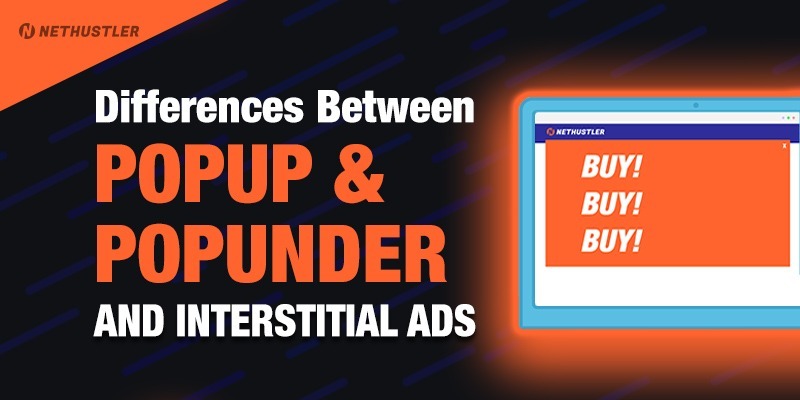
The concept of pop up pop under advertising can be traced back to the early days of the internet. As the internet grew in popularity, advertisers began to explore new ways to attract attention and drive traffic to their websites. Pop up pop under advertising emerged as a solution to this challenge.
In the late 1990s and early 2000s, pop up pop under advertising became a widely used technique. This form of advertising involved displaying a small window or ad that appeared on top of or underneath the main browser window. The ad would often contain a promotional message or offer, and users would have the option to close the ad or explore further by clicking on it.
Pop up pop under advertising quickly gained popularity among advertisers due to its high visibility and ability to capture user attention. However, it also faced criticism from internet users who found the ads intrusive and disruptive to their browsing experience.
Over time, pop up pop under advertising evolved to become more sophisticated and less invasive. Advertisers started using techniques such as delayed pop ups, where the ad would appear after a certain period of time or when the user performed a specific action. This helped to reduce the annoyance factor and make the ads more targeted and relevant to the user's interests.
With the growing popularity of mobile devices and the rise of ad-blocking software, the effectiveness of pop up pop under advertising has been challenged. Advertisers have had to find new ways to engage users and deliver their messages effectively. This has led to the development of alternative advertising techniques such as native ads and influencer marketing.
In conclusion, pop up pop under advertising has evolved significantly since its inception. Despite its initial success, it has faced criticism and challenges along the way. As the digital advertising landscape continues to evolve, it will be interesting to see how pop up pop under advertising adapts and transforms in the future.
How Pop Up Pop Under Advertising Works

The pop up pop under advertising technique is a popular method used to display advertisements to website visitors. This technique involves displaying pop up or pop under windows that contain advertisements when a user visits a website or clicks on a specific link.
When a user visits a website, a script contained within the website's code triggers the display of a pop up window. This window typically appears in front of the main browser window and displays an advertisement or promotional message. The pop up window is designed to grab the user's attention and encourage them to take action, such as clicking on the advertisement or visiting the advertiser's website.
Pop under windows, on the other hand, are displayed underneath the main browser window. They are typically hidden from view until the user closes the main browser window, at which point the pop under window becomes visible. This type of advertising is often used to capture the user's attention after they have finished their browsing session.
Pop up and pop under windows can be triggered in a variety of ways. They can be set to appear after a certain amount of time, when a specific link is clicked, or when the user tries to exit the website. Some websites also use cookies to track user behavior and display targeted pop up or pop under advertisements based on the user's browsing history.
Advantages of Pop Up Pop Under Advertising
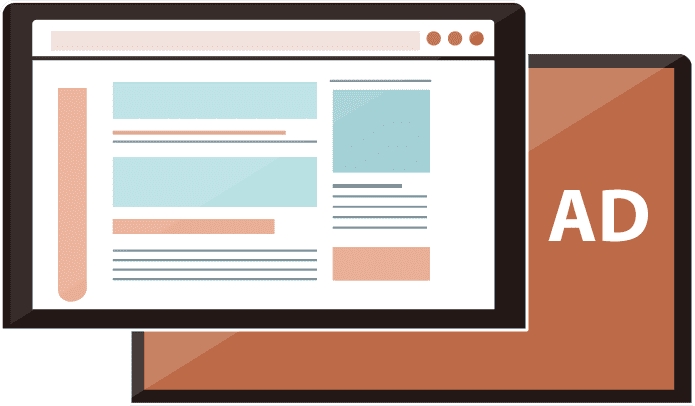
Pop up pop under advertising offers several advantages for advertisers. One of the main advantages is the high visibility of these advertisements. By appearing in separate windows, pop up and pop under advertisements can easily catch the user's attention and increase the chances of them noticing the message.
Another advantage of this advertising technique is the ability to target specific user actions. For example, a pop up window can be triggered when a user clicks on a specific link, indicating their interest in a certain topic or product. This allows advertisers to tailor their advertisements to specific user interests, increasing the likelihood of conversion.
Disadvantages of Pop Up Pop Under Advertising
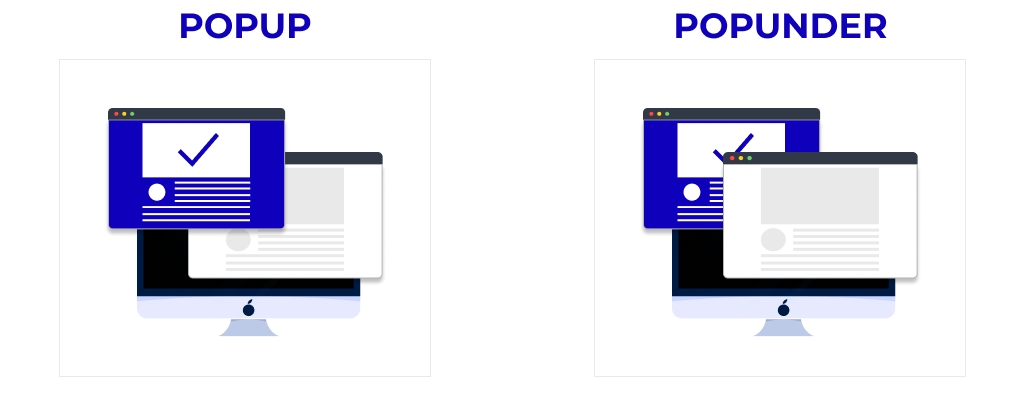
Despite their advantages, pop up pop under advertisements also have some drawbacks. One of the main concerns is their potential to interrupt the user's browsing experience. Pop up windows that appear too frequently or are difficult to close can be seen as annoying or intrusive, leading users to have a negative perception of the website or brand.
In addition, pop up pop under advertisements can sometimes be associated with scams or malicious content. Users have become wary of pop up windows due to their association with deceptive or unwanted content, leading them to install ad blockers or avoid websites that use this advertising technique.
High visibility
Potential to interrupt browsing experience
Targeted user actions
Association with scams or malicious content
Advantages of Pop Up Pop Under Advertising
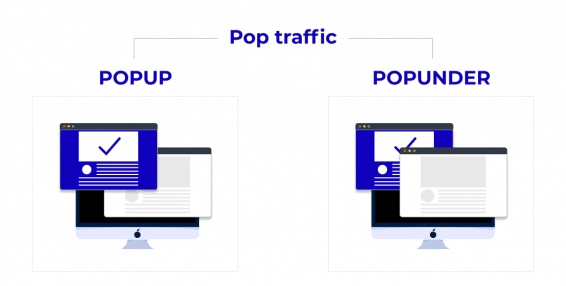
Pop up pop under advertising is a popular technique used by advertisers to reach their target audience effectively. This advertising method offers several advantages over other forms of online advertising. Here are some key advantages:
1. Increased Visibility
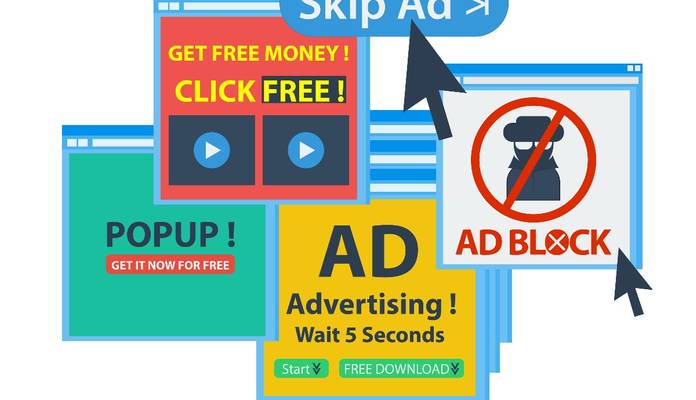
One of the main advantages of pop up pop under advertising is its ability to grab the user's attention. These ads appear in a separate window and are difficult to ignore, thus increasing the chances of users noticing the advertisement. This increased visibility can lead to higher click-through rates and better campaign results.
2. Targeted Audience
Pop up pop under ads can be customized to target specific demographics, interests, or behaviors. Advertisers can choose to display these ads based on various criteria such as geographic location, gender, age, or browsing history. This level of targeting ensures that the ads are shown to the most relevant audience, increasing the chances of conversions and sales.
3. High Conversion Rates
Pop up pop under ads have been proven to have higher conversion rates compared to other forms of online advertising. These ads have a greater capability to capture the user's attention and motivate them to take the desired action. Whether it's buying a product, signing up for a newsletter, or visiting a website, pop up pop under ads can effectively drive conversions and generate valuable leads.
4. Cost-Effective
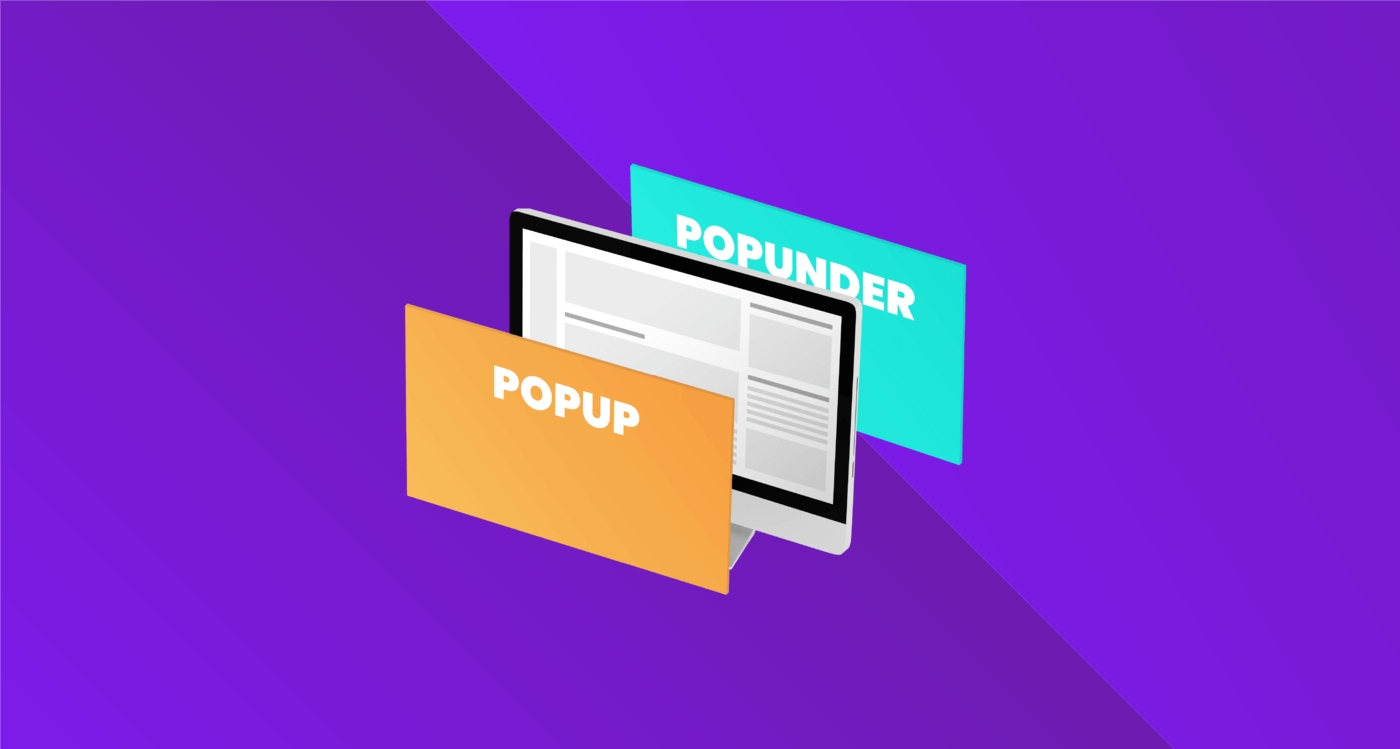
Pop up pop under advertising is a cost-effective method for generating web traffic. With this advertising technique, advertisers only pay for the actual clicks or impressions received. This ensures that the budget is spent efficiently and that advertisers are getting maximum value for their investment. Advertisers can also track and measure the performance of their ads in real-time, allowing for optimization and better ROI.
5. Improves Brand Awareness
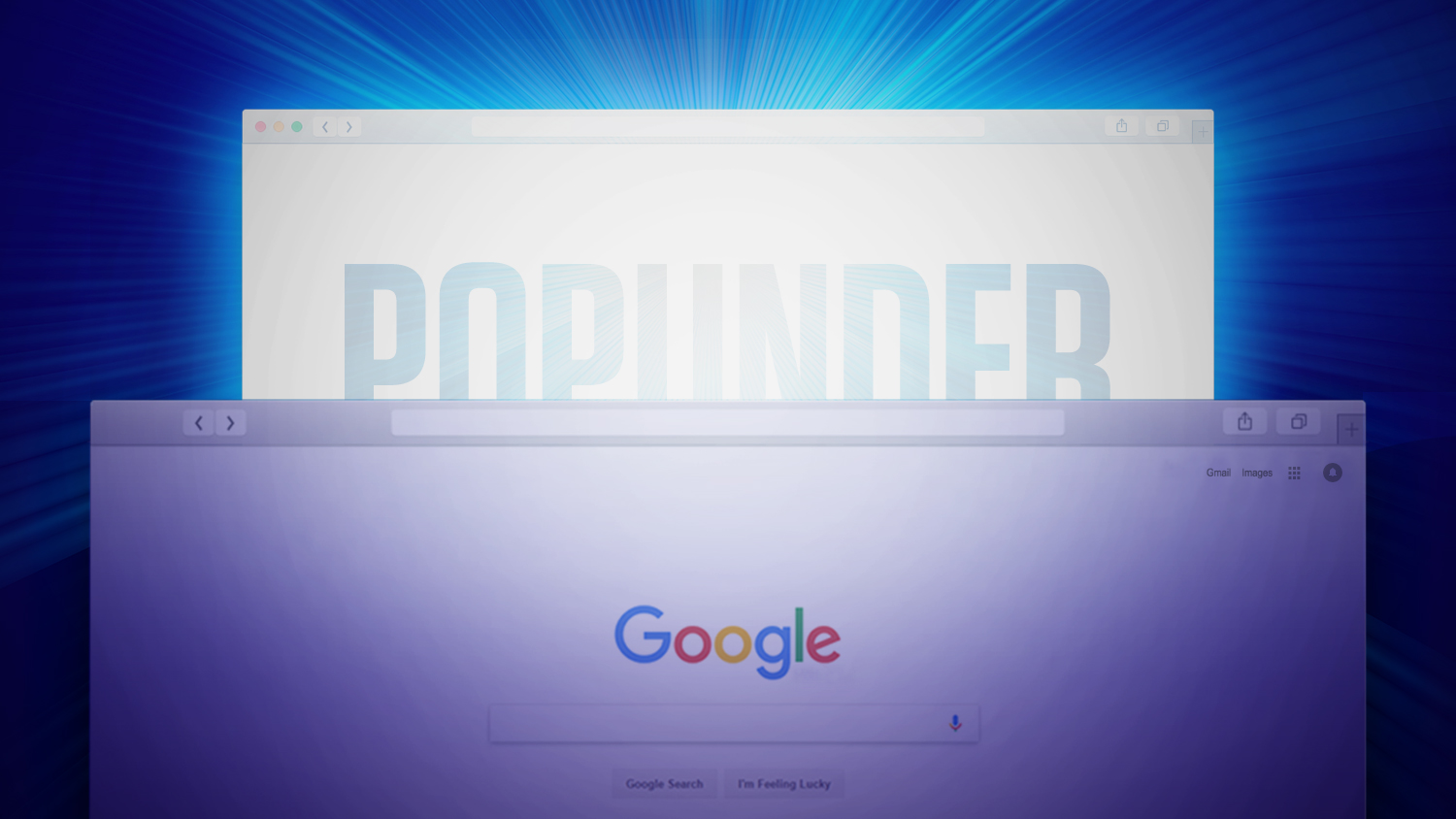
Pop up pop under ads can effectively raise brand awareness and exposure. By appearing in separate windows, these ads have a higher chance of being seen and remembered by the users. Even if users don't click on the ads right away, they are still exposed to the brand and its message, increasing the likelihood of brand recall in the future.
In conclusion, pop up pop under advertising offers several advantages for advertisers looking to reach their target audience and drive conversions. Its increased visibility, targeting capabilities, high conversion rates, cost-effectiveness, and brand awareness benefits make it a valuable tool in any advertising campaign.
For those looking to web traffic buy and achieve their advertising goals, pop up pop under advertising is definitely worth considering.
Controversies and Criticisms of Pop Up Pop Under Advertising

While pop up pop under advertising has been widely used and proven effective for certain marketing purposes, it has also faced its fair share of controversies and criticisms. Some of the major concerns include:
1. Intrusiveness:
Many users find pop up pop under ads intrusive and annoying. They can disrupt the browsing experience by interrupting the content or forcing users to close multiple windows.
2. User Experience:
Pop up pop under ads can negatively impact user experience, especially when they interfere with the main content or cause slower page loading times. This can result in a poorer overall experience for website visitors.
3. Ad Blocking:
Many internet users have ad-blocking software installed, which prevents pop up pop under ads from being displayed. This significantly reduces the reach and potential effectiveness of this advertising technique.
4. Trust and Brand Reputation:
Excessive use of pop up pop under ads can erode trust and damage the reputation of the advertiser or website. Users may perceive such ads as spam or a sign of poor quality.
5. Mobile Usability:
Pop up pop under ads can be particularly troublesome on mobile devices with smaller screens. They may cover important content and hinder navigation, leading to a frustrating experience for mobile users.
It is essential for advertisers to consider these controversies and criticisms when implementing pop up pop under advertising, and to find a balance that respects the user experience and aligns with ethical marketing practices.
What is pop-up advertising?
Pop-up advertising is a type of online advertising that involves displaying ads in separate windows or tabs that open on top of or beneath the current website being viewed by the user.
How does pop-up advertising work?
When a user visits a website that has pop-up advertising, the website triggers a script that opens a separate window or tab containing the ad. This ad is usually displayed for a certain period of time or until the user closes it.
Why do websites use pop-up advertising?
Websites use pop-up advertising as a way to increase revenue through advertising. Pop-up ads are often more noticeable and attention-grabbing than traditional banner or sidebar ads, making them potentially more effective in capturing the user's attention.
Are pop-up ads effective?
Pop-up ads can be effective in some cases, as they are more likely to be seen by users due to their intrusive nature. However, they can also be annoying and disruptive to the user's browsing experience, leading to negative associations with the brand or website.
What is the difference between pop-up and pop-under advertising?
Pop-up advertising opens a separate window or tab on top of the current website, while pop-under advertising opens a separate window or tab beneath the current website. Pop-under ads are often less intrusive and more discreet, as they are not immediately visible to the user.
Buy CPC Traffic | Buy Display Ads | Exclusive traffic sources | Buy Push Ads | Popunder ADS | Buy Native Ads | Buy Preroll Ads
2022-2024 @ Understanding the Pop Up Pop Under Advertising Technique